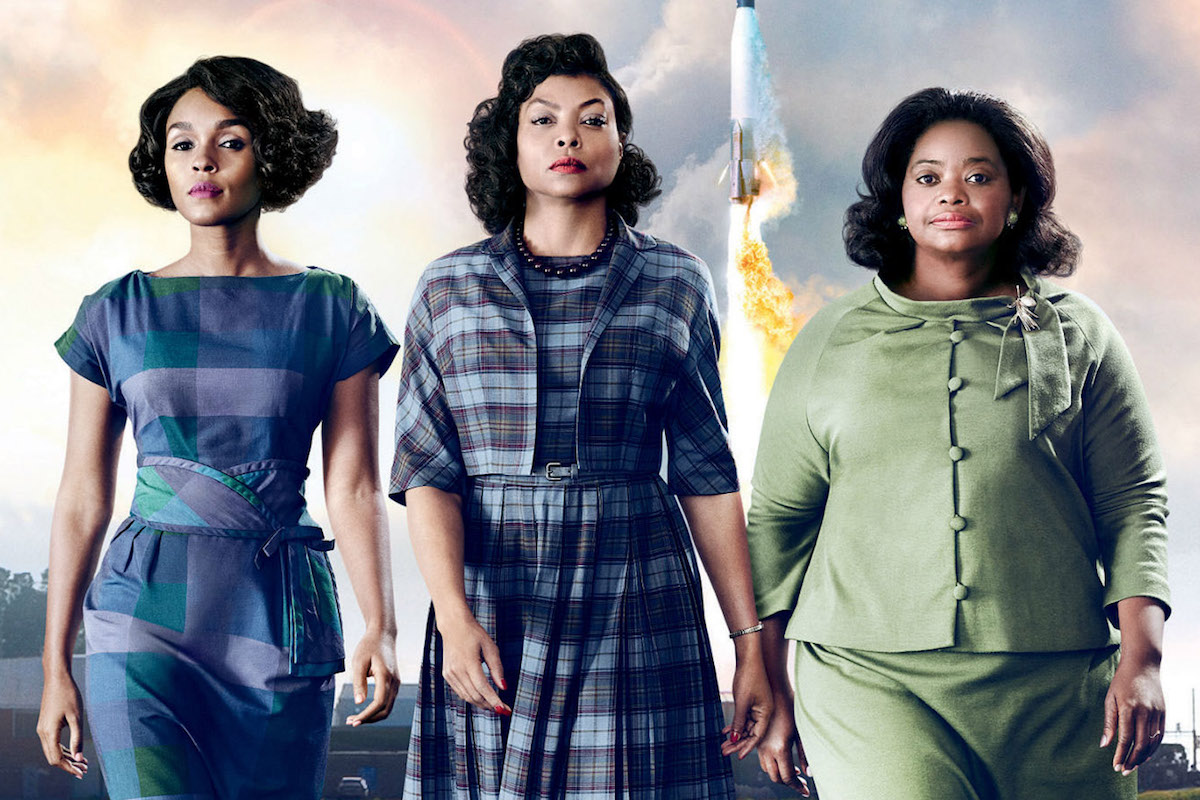Oscar nominated film Hidden Figures tells the story of three African-American women who changed the course of history at NASA. Katherine Johnson, a mathematical prodigy, was integral to calculating the flight trajectories of the first Americans to go into space.
Dorothy Vaughan became the first black supervisor at NASA, and made herself indispensable by becoming an expert in the programming language FORTRAN. Mary Jackson became the first African–American female engineer at NASA. All three broke down barriers, endured and overcame obstacles, and fought for advancement at a time when few opportunities were open to them.
The film, in highlighting the incredible achievements of these three women, is a lamentable rarity in Hollywood, which often overlooks women’s stories.
International Women’s Day
March 8th is International Women’s Day, “a global day celebrating the social, economic, cultural and political achievements of women and marking “a call to action for accelerating gender parity”.
The theme for this year’s International Women’s Day is Be Bold For Change. Everyone, men and women alike, is encouraged to take action to support the push for gender parity.
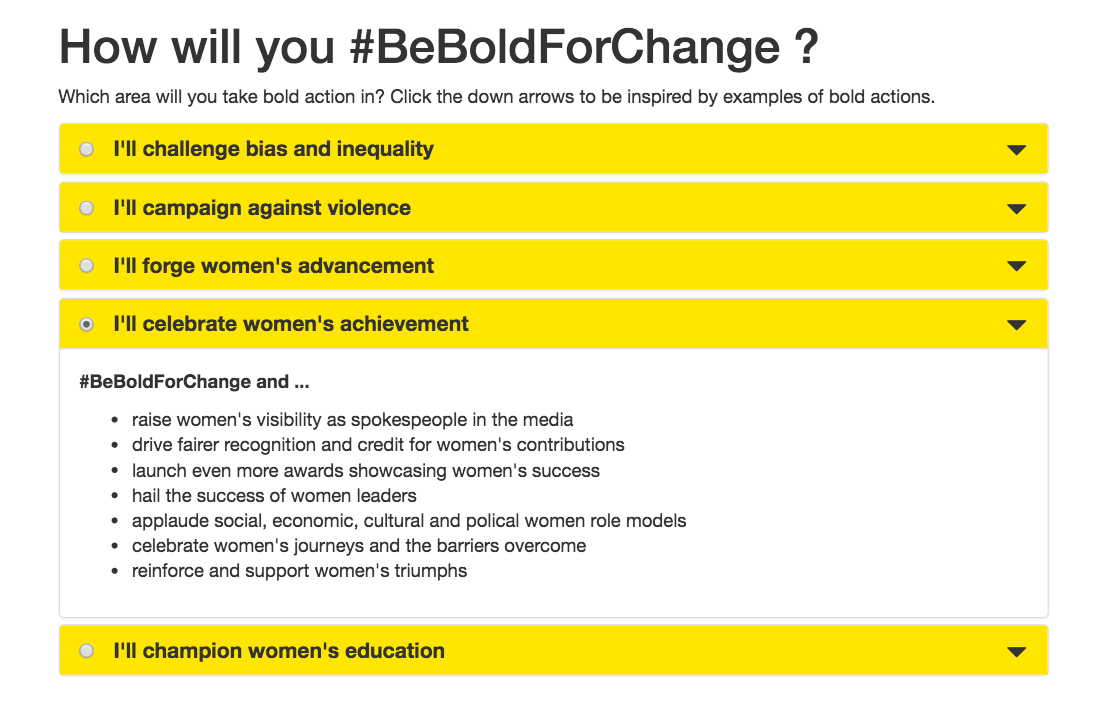
The CEO Magazine is celebrating women’s achievement. Over the next 8 days, we’re hailing the success of female leaders, highlighting women who have broken down barriers, and applauding female role models.
Read on to learn about some of the other unsung female heroes who, like Katherine Johnson, Dorothy Vaughan and Mary Jackson, had an impact on science, technology, engineering and mathematics.
Women who made their mark in STEM
Women are underrepresented in STEM fields for a variety of reasons. But these women prove that men are not the only ones who can achieve great things in science, technology, engineering and maths.
Ada Lovelace
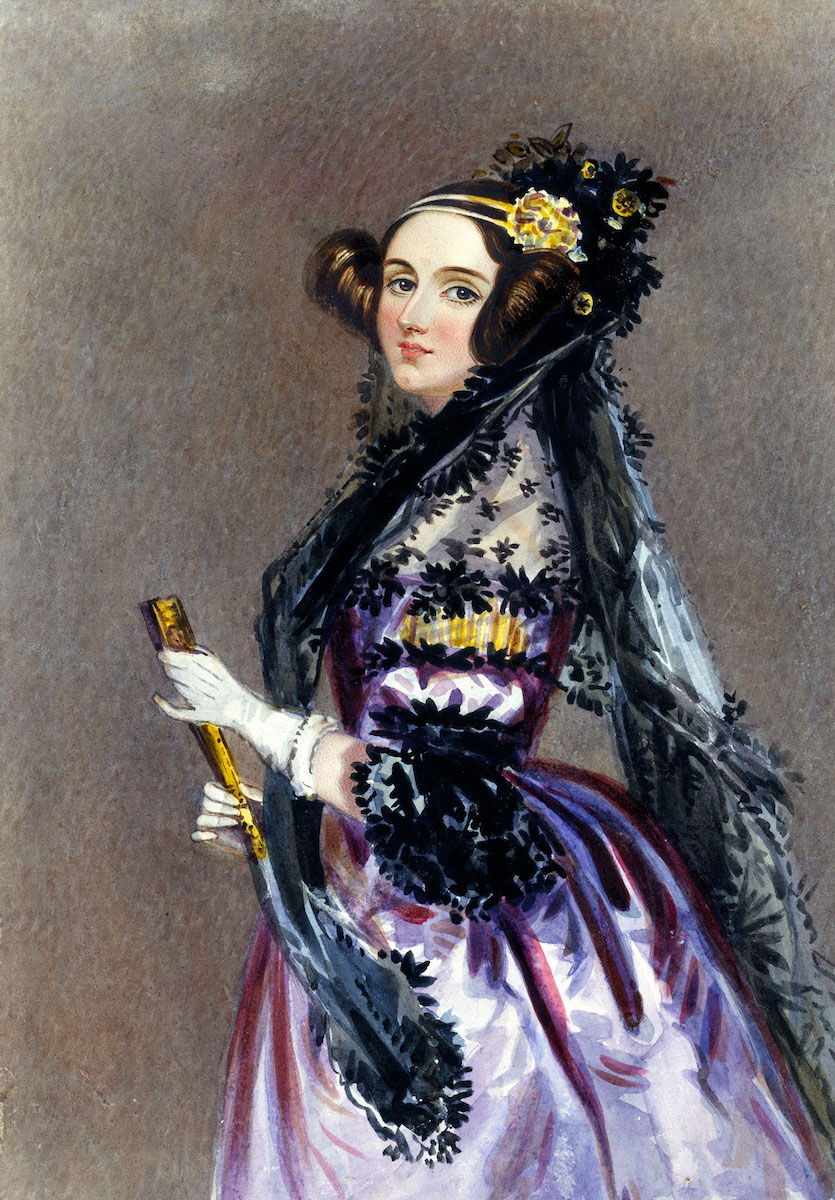
The world’s first computer programmer, Ada Lovelace, was way ahead of her time. In the 1840s, she was the first person to understand the true potential of computers beyond just calculations. She envisaged that an analytical machine would be able to handle letters and symbols as well as numbers. She published the first computer code, and theorised that such machines could handle sequences of instructions through a process now used in modern computers known as looping.
Understand well as I may, my comprehension can only be an infinitesimal fraction of all I want to understand. – Ada Lovelace
At just 17 years of age, Ada was introduced to the mathematician, inventor and mechanical engineer Charles Babbage, and he remained her mentor up until her life was cut short 20 years later. Although at the time women were discouraged from science and maths, Ada’s amazing aptitude gained her the respect of the academic community.
Charles invented the Difference Engine and the Analytical Engine, mechanical machines designed to perform calculations. At the time, complex calculations were done by “human calculators” and were prone to errors. After he presented his proposal for the Analytical Engine, an Italian mathematician published the idea in French. Charles asked Ada to translate it. She did – with her own notes included, which is how her amazing foresight became known.
So, what was the first ever computer programme?
Ada devised an algorithm that would allow a computing machine to sum Bernoulli numbers. However, Charles was unable to get funding to complete his computing engines, so the algorithm was untested. Still, she was the first to devise what is now known as software, a set of instructions for a computer. Alan Turing later drew on her notes when developing the first modern computer in the 1940s.
Hedy Lamarr
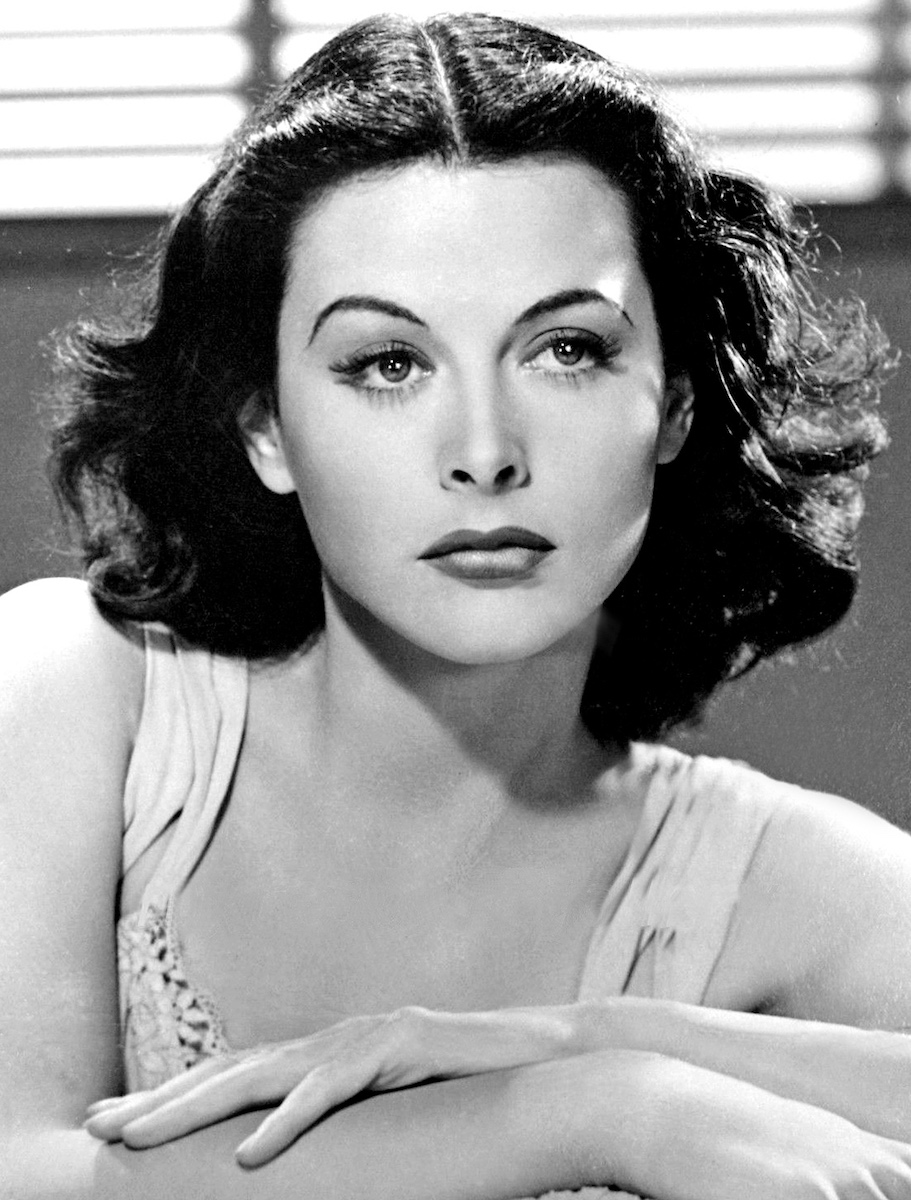
Films have a certain place in a certain time period. Technology is forever. – Hedy Lamarr
Hedy Lamarr is best remembered as a glamourous 1940s Hollywood actress, but she is also responsible for developing a method of transmitting radio signals known as a frequency hopping spread spectrum. She and composer George Antheil invented the spectrum, based on the way piano rolls work, for use in torpedoes to make them harder to detect. While they patented the technology, it wasn’t used until the Cuban Missile Crisis in the 1960s.
However, its real usefulness was discovered in the private sector. Hedy and George’s work underpins current spread-spectrum technology used now for Bluetooth, GPS and wi-fi. Hedy’s involvement was not credited until 1997, and she and George were posthumously inducted into the US National Inventors Hall of Fame in 2014.
Grace Hopper
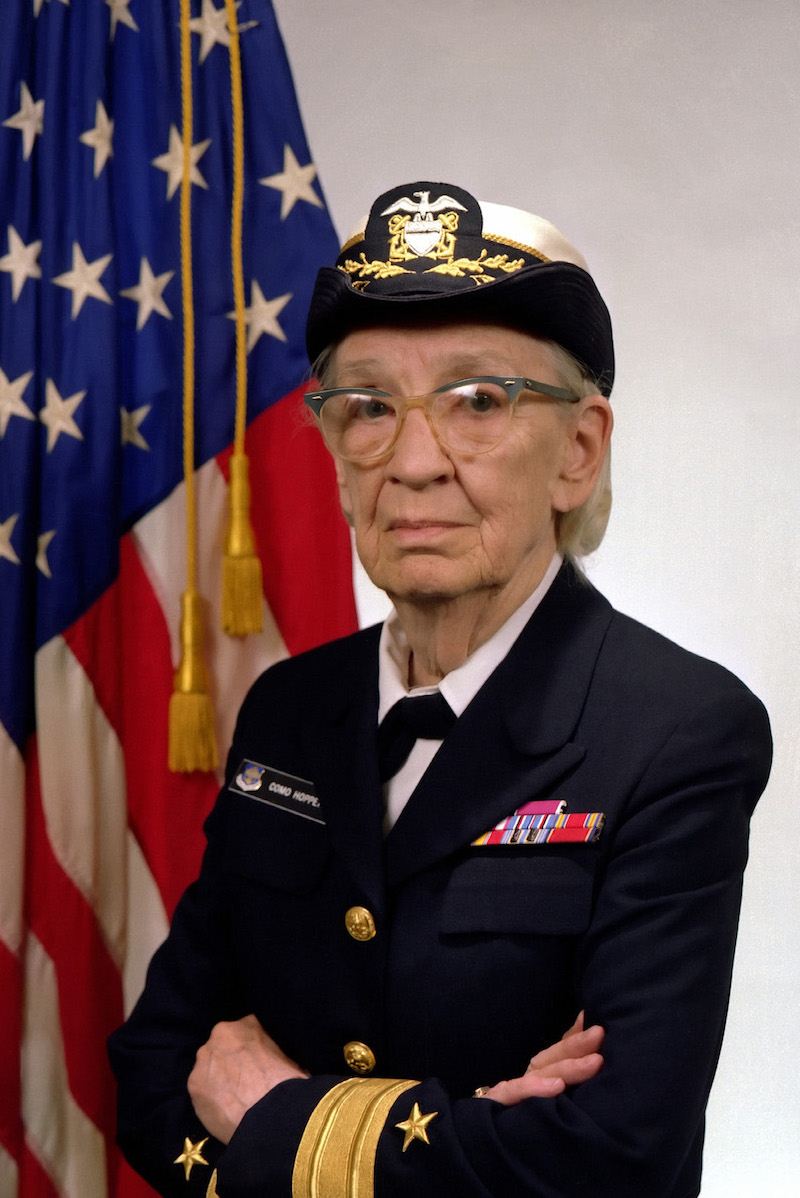
Coding as we know it was invented by Grace Hopper in the early 1950s. She wanted to develop a programming language in English, but as it was thought that computers could only understand numbers so nobody believed it was possible.
However, Grace persisted with her idea, and in 1952 she produced the first operational compiler, a computer program that translates source code written in a programming language into a target language, generally binary in nature, that the computer can understand. Her programming language, FLOW-MATIC was the basis for COBOL, one of the first high-level programming languages.
I had a running compiler and nobody would touch it. … they carefully told me, computers could only do arithmetic; they could not do programs. – Grace Hopper
Grace is also responsible for coining the term ‘computer bug’, after finding a moth in an experimental computer at Harvard.
From then on, when anything went wrong with a computer, we said it had bugs in it. – Grace Hopper
Notable mention
While movies, like The Imitation Game , tend to celebrate Alan Turing and his male colleagues, during World War II, there were thousands of female codebreakers at Bletchley Park. In fact of the 9-10,000 codebreakers based at Bletchley, around 80% were female. And although history remembers Dillwyn Knox as the man who crucially cracked Abwehr Enigma machine in 1941, it was Margaret Rock and Mavis Lever, part of his all-female team, who broke the code.
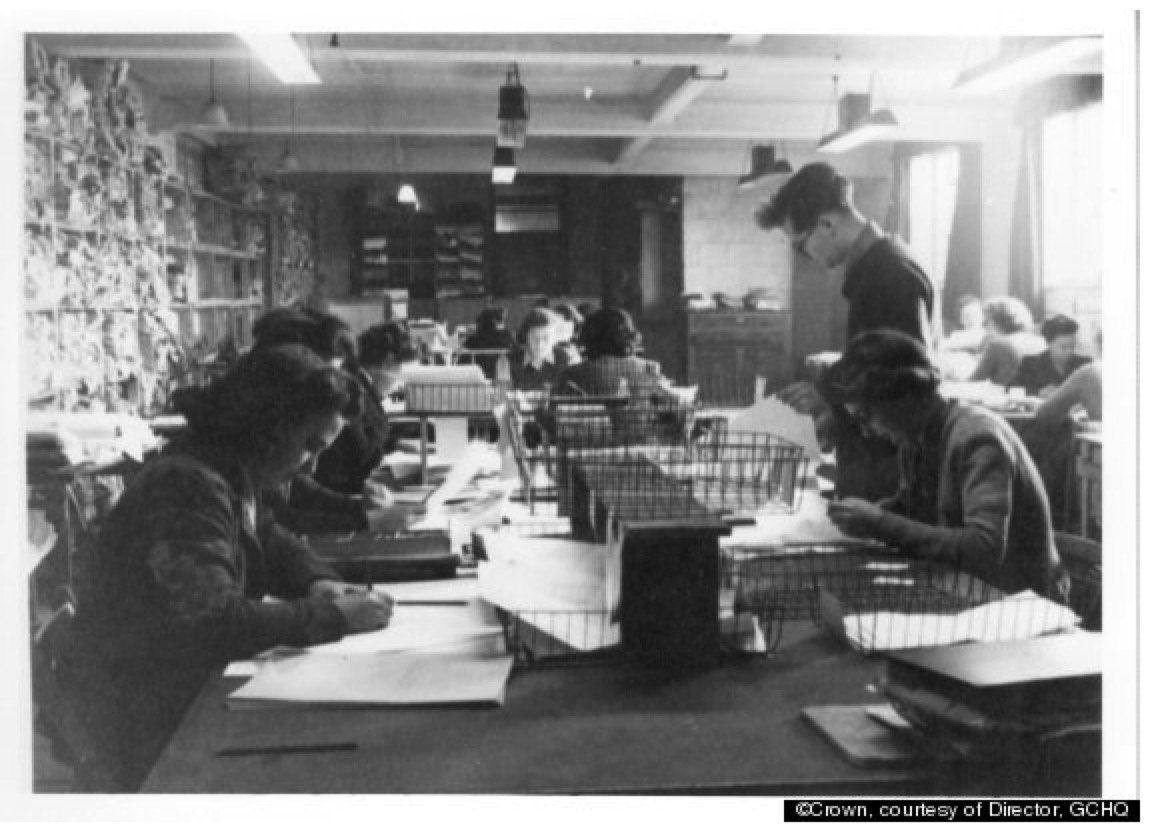
The STEM ladies’ legacy
Hidden Figures is now inspiring young girls all over the world, particularly girls of colour. It has provided them with role models like Katherine Johnson, Dorothy Vaughan and Mary Jackson, proving that they too can achieve great things in STEM.
In 2009, Suw Charman-Anderson started Ada Lovelace Day, now held annually on the second Tuesday of October, as a celebration of women in STEM. While Ada’s work was overlooked for a century, now she is a symbol of what women can achieve in STEM, despite the odds against them.
Grace Hopper constantly talked up computers, and fervently believed that computer science would continue to advance. She taught, gave lectures, and wrote the first computer programming manual. Of everything she achieved, she was proudest of “teaching young people”. In 1994, inspired by her legacy, Dr. Anita Borg and Dr. Telle Whitney founded the Anita Borg Institute’s Grace Hopper Celebration of Women in Computing, which is now one of the world’s largest gatherings of women in computing.
And the female codebreakers at Bletchley Park quietly saved lives and shortened the war with their efforts.
These women overcame prejudices, both racial and gender, to do great things in science, technology, engineering and maths, and continue to inspire today.

